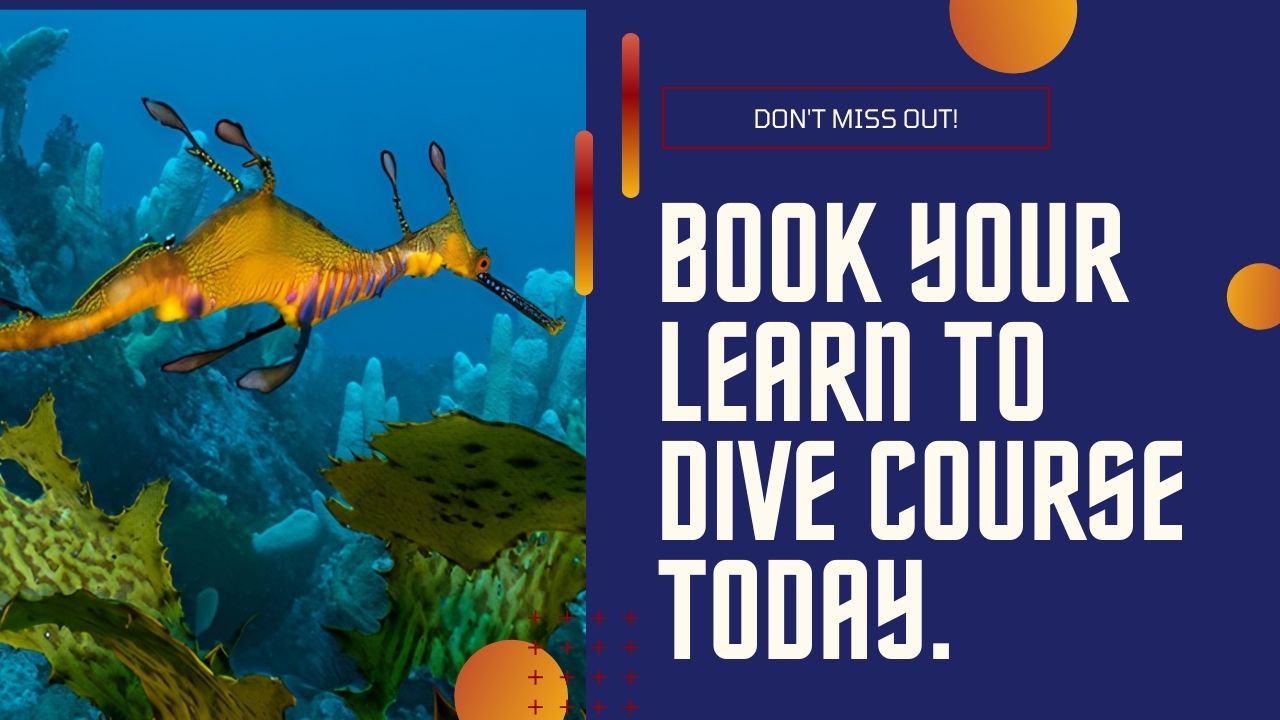You have 0 product(s) in your cart.
Abyss Scuba Diving
Unveiling The Serene Charms Of Bare Island: Discover Hidden Treasures | Bare Island Blog
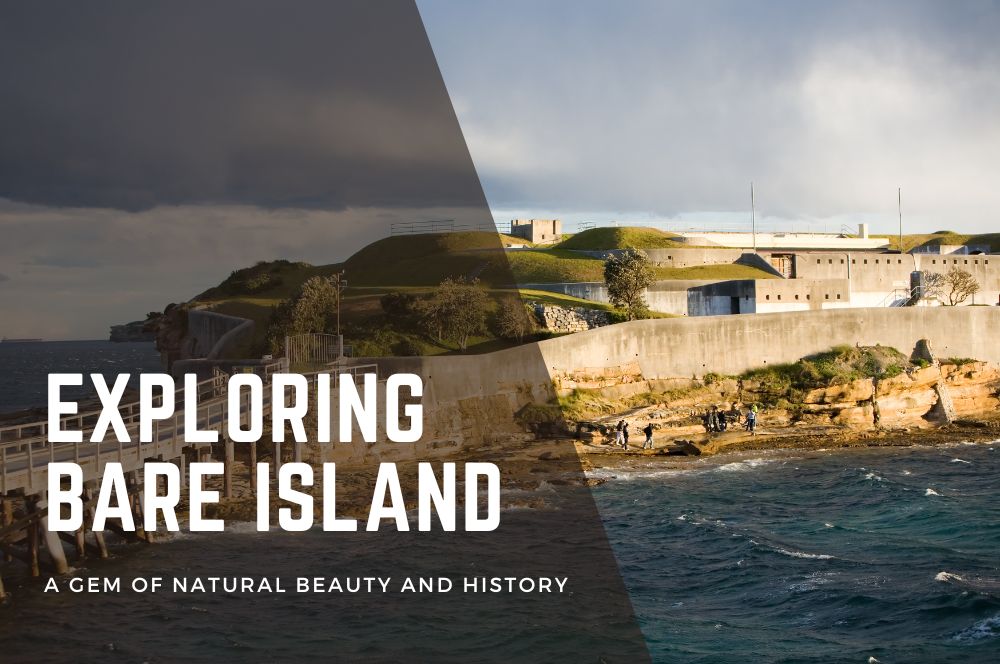
Exploring Bare Island: A Gem of Natural Beauty and History
Bare Island captivates visitors with its intersection of historical intrigue and ecological diversity. From Aboriginal significance to military architecture, and a bustling marine habitat for divers and snorkelers, this concise guide offers a glimpse into what has shaped the island and what adventurers can expect to discover.
Key Takeaways
-
Bare Island is steeped in history, from its Aboriginal heritage and strategic military fort constructed in the 1880s to its role as Australia’s first war veterans’ home and its present function as a museum and heritage site.
-
The island is Sydney’s most popular scuba diving location, offering diverse marine life, different dive sites with varying conditions, and advisories for a safe diving experience such as diving during an incoming tide and avoiding periods after heavy rain.
-
Bare Island’s marine life is abundant and varied, comprising a biodiversity hotspot within Botany Bay and includes iconic species like the Port Jackson shark; the island also offers snorkeling activities and historically informative guided tours of the fort.
The Rich History of Bare Island
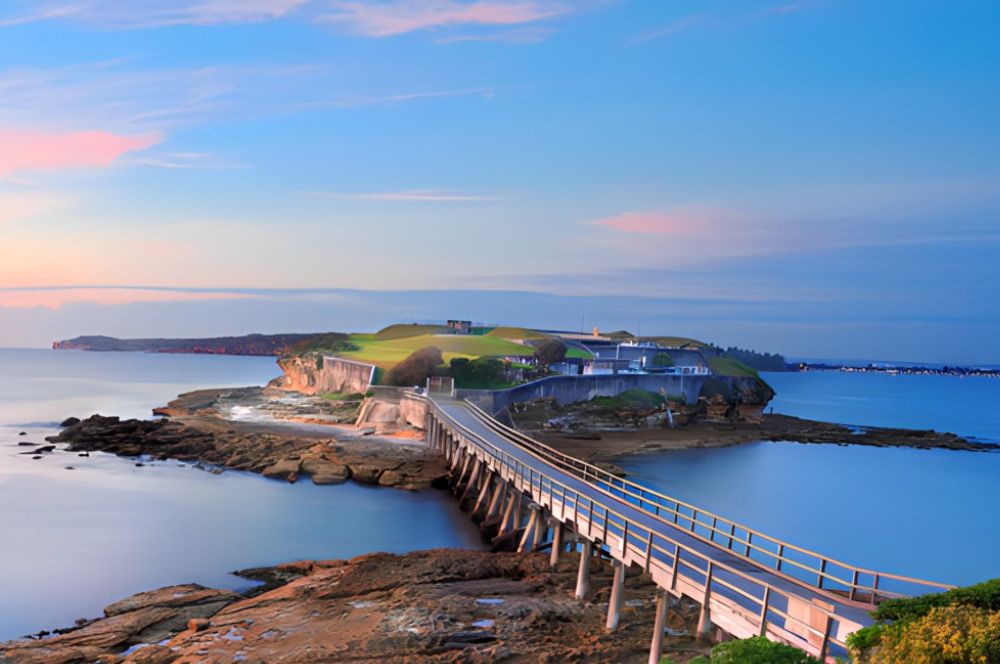
Stepping onto the shores of Bare Island is like flipping through the pages of a living history book. The island’s heritage is deeply intertwined with the local Aboriginal community, with its sandy beaches and rocky outcrops bearing silent testimony to the ancient cultures that thrived here long before the sails of European explorers dotted the horizon. Captain James Cook first documented the small bare island in 1770, marking the beginning of a new chapter in the island’s storied past.
As the years passed, the strategic importance of Bare Island’s location became apparent, giving rise to the construction of the formidable Bare Island Fort. This historic site witnessed the evolution from a coastal defense post to its compassionate role as Australia’s first war veterans’ home, offering a sanctuary to those who had served their country in times of conflict. Each stone and cannon at the fort still stands as a reminder of the island’s duty to both its first inhabitants and the soldiers who found solace within its walls.
Aboriginal Heritage
Long before the plans of the colonial architect were drawn for the fortifications that now define the island, Bare Island was an integral part of the traditional lands of the Gweagal and Kameygal peoples. The local Aboriginal community’s connection to the island is profound, with its natural resources and strategic position at the heads of Botany Bay playing a pivotal role in their way of life.
The echoes of the Aboriginal past resonate within the landscape of Bare Island. It is a place where stories of the Gweagal and Kameygal are etched into the very rock, and where every visit offers a chance to reflect on the deep history that has been developed and declared through the generations. Access to this history is a privilege, and Bare Island serves as a living monument to the people who were responsible for its earliest known chapters.
Fort Construction and Purpose
The fortification of Bare Island, along with the Middle Head Fortifications, began with the vision of military officers such as Scratchley and the expertise of civil engineer Gustavus Morell. Their design, a complex of concrete and fortified walls, was brought to life by contractor John McLeod in 1881 and stood completed in 1885 as a testament to strategic military architecture. This small island became a critical component of Sydney’s coastal defences, a bulwark against potential threats from the sea.
During the tumultuous times of World War 2, Bare Island Fort was once again called to service. The guns were manned, and the corridors of the fort echoed with the footsteps of soldiers, all part of the island’s unwavering mission to protect the shores of Australia. The fort’s dual history of defence and duty is woven into the very fabric of the island, a narrative of service that spans decades and wars.
War Veterans' Home and Museum
After its years of military operation, the walls of Bare Island Fort embraced a new purpose, providing a haven for those who had weathered the storm of war. It was when the fort began its transition into Australia’s first war veterans’ home in 1912, serving as a retirement sanctuary for those who had served their nation until 1963. This transition from a bastion of war to a home of peace encapsulates the island’s enduring spirit of service.
Today, the fort continues to be visited by many, not as a site of conflict but as a museum and tourist attraction. The guided tours allow visitors to walk in the footsteps of history, among the guns and walls that once stood ready to repel an attack. The museum work inside the fort offers a glimpse into the lives of the soldiers and veterans who once called Bare Island home, ensuring that their stories are paid the reverence they deserve.
Scuba Diving Adventures at Bare Island
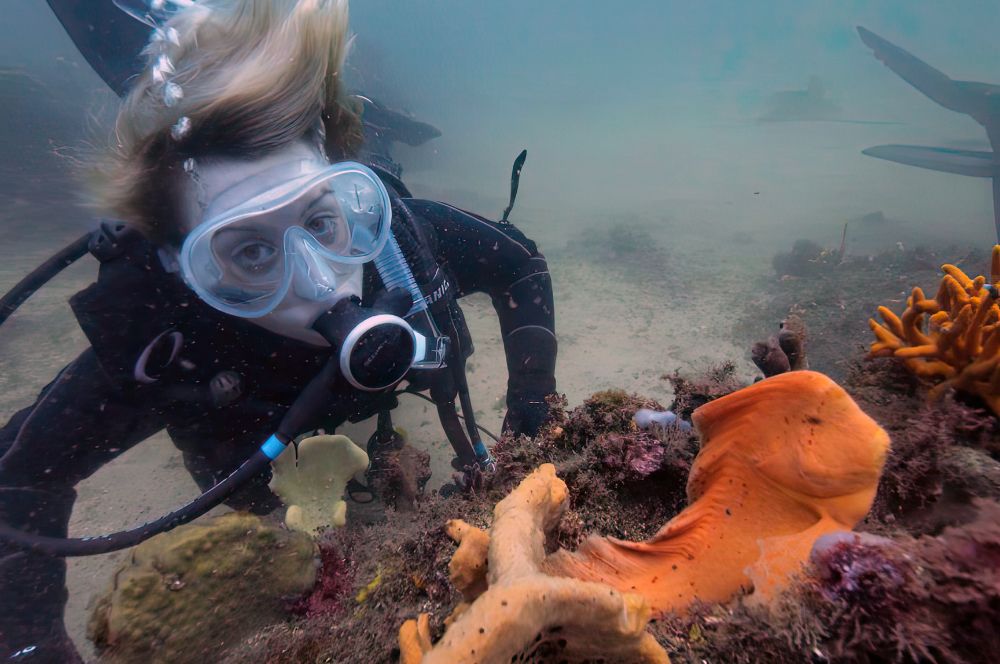
Submerge into the world beneath the waves at Bare Island, and you’ll find yourself in Sydney’s most popular dive location, a kaleidoscope of colour and life. The underwater terrain is a diver’s dream, with:
-
vibrant sponges
-
intricate walls
-
boulders
-
canyons
creating a seascape of unparalleled beauty. The most vibrant marine life is often observed at a depth of approximately 7 meters, where the dance of the underwater world unfolds before your eyes.
As you explore, you’ll be greeted by a cast of marine characters: the graceful Sea Dragons, bigbelly seahorses, and the curious pygmy pipehorses. Keep an eye out for the unusual Sydney fish, and if you’re fortunate, you might encounter a grey nurse sharks, or the iconic Port Jackson sharks that have made Bare Island their home. Each dive is a new adventure, a chance to witness the marine ecosystem’s splendour that has captured the hearts of divers from around the world.
East vs. West: Choosing Your Dive Site
The question of where to dive at Bare Island often leads to a choice between the east and west sides. The east offers divers better visibility, making it an appealing option for those eager to take in the underwater vistas unobstructed. However, for the adventurous diver, the west side’s allure lies in its prominent deep wall teeming with aquatic life, an underwater wonderland waiting to be explored.
The conditions on either side of the small island, located within Botany Bay National Park near Cape Banks, are distinct, with the left side facing Botany Bay presenting challenges during mild southerly swells, whereas the right side offers more suitable conditions under such swell events. Each side of the island supports a variety of marine species, contributing to its iconic status as a biodiversity hotspot and a diver’s haven.
Tips for Diving Bare Island
Diving at Bare Island is a rewarding experience, but it comes with its own set of challenges that require a respectful and cautious approach. To ensure a safe dive, it’s crucial to:
-
Time your adventure with an incoming tide
-
Avoid periods after heavy rain when visibility can be compromised
-
Seek guidance from those with local knowledge, as the island’s underwater topography is complex
Navigating the dive site by instinct is part of the thrill of diving at Bare Island, but always be mindful to turn back when you reach 100 bar of air pressure to ensure a safe return to the surface. Additionally, be cautious of the tidal currents and potential outgoing currents, which can be particularly strong around the deep wall on the west side, even during an incoming tide.
Guided Tours and Dive Experiences
For those seeking to deepen their understanding of Bare Island’s underwater world, guided tours are an invaluable resource. These tours are not only led by seasoned experts but also offer an educational experience that enriches the dive. As you explore the marine environment, remember that it is a privilege to witness its natural beauty, and it is our collective responsibility to preserve its integrity for future generations to enjoy.
Guided tours offer divers the chance to:
-
Gain insights into the marine ecosystem, enhancing their appreciation of the underwater world beyond what meets the eye
-
Become part of a community that values and protects the vibrant life that thrives beneath the island’s waves
-
Learn, explore, and become an advocate for the ocean’s wonders
Each tour is an invitation to experience these opportunities.
The Vibrant Marine Life of Botany Bay
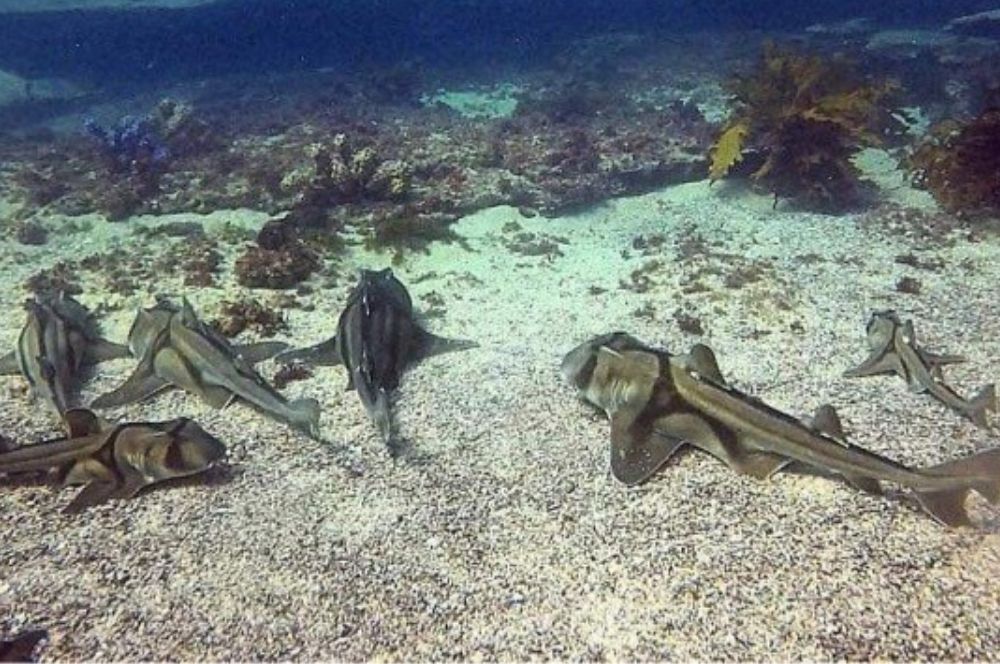
Bare Island’s waters are a gateway to the thriving marine life of Botany Bay, a sanctuary where divers regularly encounter local fish species like mado and morwong. The underwater landscapes of this area are adorned with an impressive array of soft corals and sea stars, adding to the site’s marine biodiversity that makes it a favoured destination for divers and snorkelers alike.
Here, the vibrant ecosystem extends beyond the seafloor, as:
-
weedy seadragons glide gracefully
-
majestic rays soar
-
inquisitive octopuses investigate
-
stealthy sharks patrol the depths
It’s a dynamic underwater tableau that is ceaselessly fascinating and ever-changing, a living display of the natural world’s artistry and resilience.
Iconic Species
Among the myriad of species that inhabit the waters around Bare Island, a few stand out as iconic symbols of this unique ecosystem. The Port Jackson shark, with its distinctive harness-like markings, is a species that divers eagerly seek out for a rare and memorable encounter.
As you navigate the blue depths, you might also catch a glimpse of the Eastern Blue Groper. This striking fish, with its robust one-meter length and vivid hue, is a sight to behold and a favourite among underwater photographers. The Weedy Seadragons, with their otherworldly appearance, add a touch of whimsy and wonder to the already enchanting underwater landscape near Bare Island.
Biodiversity Hotspot
Bare Island’s status as a biodiversity hot spot is anchored in its rich seagrass beds and rocky reef ecosystems. These important habitats provide the foundation for a thriving aquatic community that includes everything from the smallest of sea creatures to large marine mammals.
In the waters of Botany Bay, near Bare Island, dolphins, and whales have found sanctuary for thousands of years, gracing divers with their presence and reminding us of the ocean’s vast mysteries and wonders. The island’s bird diversity is also noteworthy, with migratory species like Little Terns adding to the charm and ecological significance of this special place. The varied birdlife, adapted to the aquatic environment, makes use of the local habitat, contributing to the island’s allure as a world-class natural hub of diverse life forms. The wildlife service in the area plays a crucial role in preserving this unique ecosystem.
Snorkeling and Other Recreational Activities
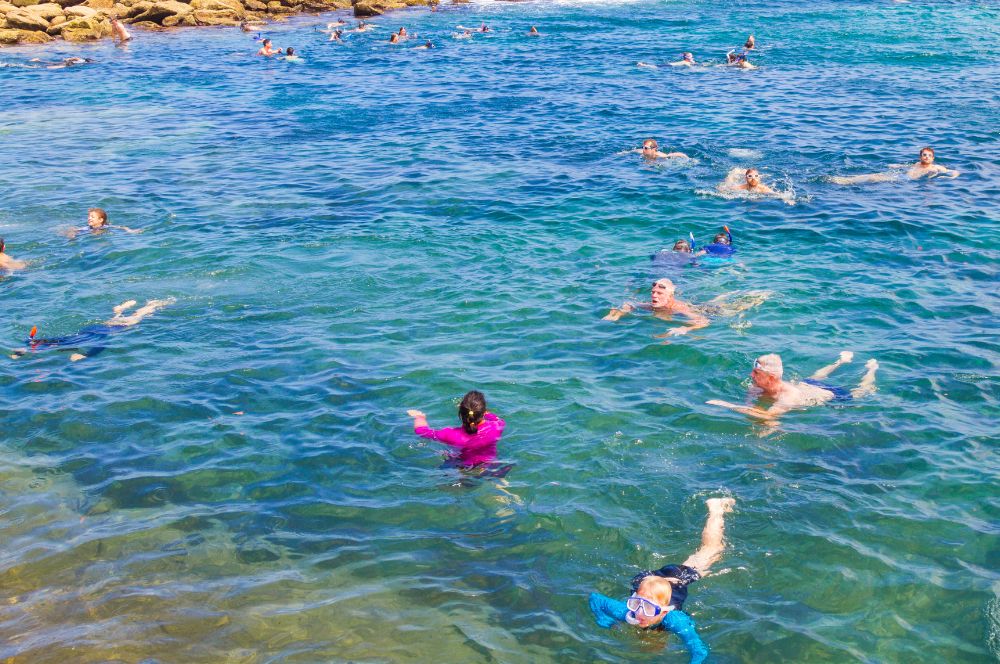
For those who prefer to stay closer to the surface, snorkeling at Bare Island is a fantastic way to immerse oneself in the underwater spectacle without the need for scuba gear. The shallow and calm waters are inviting, especially for snorkeling beginners or families with children who wish to experience the joy of marine discovery,.
The island’s recreational offerings are not limited to underwater excursions. Scuba diving continues to be a popular activity, but snorkeling provides an equally delightful and often more accessible experience for visitors. The crystal-clear waters and the vibrant marine life just below the surface create a snorkeling paradise that captivates both the young and the young at heart.
Snorkeling for Beginners
Snorkeling at Bare Island is an accessible adventure for visitors of all ages. Local shops provide rental gear for those without their own equipment, making it easy to get started. For the best snorkeling experience, aim for conditions during a north swell and an incoming tide, which provide calmer waters and improved visibility, ensuring a safe and enjoyable outing.
As a beginner-friendly activity, snorkeling offers a wonderful introduction to the underwater world. It’s a chance to get up close with the marine life that calls the island home, all without the need for extensive training or equipment. This ease of access makes snorkeling a popular choice for families and individuals looking to dip their toes into the ocean’s wonders.
Guided Tours of Bare Island Fort
Beyond the water-based activities, Bare Island Fort’s history can be explored through guided tours managed by NSW National Park Services. These tours, available every Sunday, offer a 45-minute journey through time, accompanied by stories that bring the fort’s past to life.
Reservations for these tours can be made via phone or the online booking system of NSW parks, making it easy to plan your visit. The cost of an adult ticket is $15, with discounts for concessions, children, and family groups, ensuring that the island’s history is accessible to everyone interested in discovering its rich narrative.
Bare Island in Popular Culture
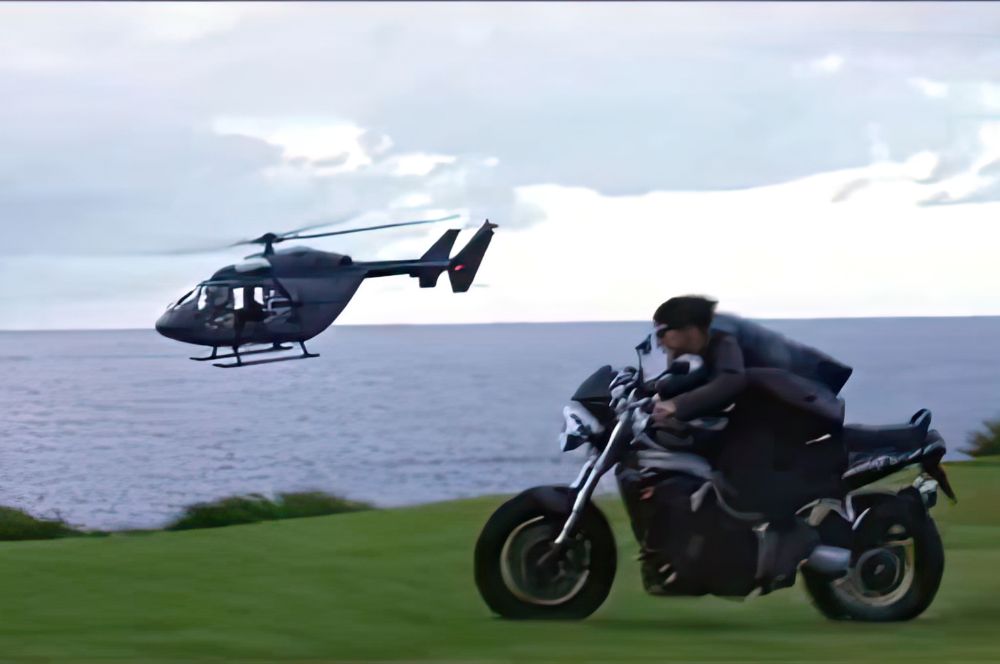
Bare Island’s dramatic landscape and historical architecture have not only attracted history buffs and marine enthusiasts but also filmmakers looking for the perfect setting. The island’s rugged beauty and the mysterious allure of the fort have made it a sought-after location for various film projects.
The island has been prominently featured in the action-packed blockbuster ‘Mission: Impossible 2’, as well as other cinematic works like ‘Invincible’ and a comedy that took a satirical spin on the spy genre.
Television series have also found a home on Bare Island, with its landscapes serving as the backdrop for the crime drama ‘East West 101’ and the finale of the reality show ‘The Mole’. The island’s cable station has become a popular filming location for these productions.
Summary
Bare Island, with its harmonious blend of historical intrigue and natural beauty, stands as a beacon for explorers and dreamers alike. From the ancient stories of the local Aboriginal community to the stoic fortifications of Bare Island Fort, the island offers a journey through time, where every corner holds a tale waiting to be uncovered. A sanctuary for war veterans, a muse for filmmakers, and a haven for marine life, Bare Island encapsulates the diverse tapestry of Australia’s heritage and natural wonders.
As a hub of biodiversity, the island’s waters invite you to dive into an underwater universe where iconic species like Port Jackson sharks and Eastern Blue Gropers glide through vibrant coral reefs. Whether you’re donning a scuba tank or a snorkel, the marine life of Botany Bay will leave you in awe. And for those seeking a walk through history, the guided tours of the fort offer an equally enriching experience. With this guide in hand, you are now ready to embark on your own adventure to Bare Island, where the past and the present merge into an unforgettable experience.
Frequently Asked Questions
What is the significance of Bare Island to the local Aboriginal community?
Bare Island holds great significance for the local Aboriginal community as it was part of the traditional lands of the Gweagal and Kameygal peoples, with a connection that dates back thousands of years.
Can beginners enjoy snorkeling at Bare Island?
Yes, beginners can enjoy snorkeling at Bare Island thanks to its shallow and calm waters, providing an accessible and enjoyable experience. Gear can be rented from local shops as well.
What kind of marine life can I expect to see while diving at Bare Island?
Divers at Bare Island can expect to see a diverse array of marine life, including Sea Dragons, bigbelly seahorses, pygmy pipehorses, red Indian fish, Sydney fish, seals, grey nurse sharks, and Port Jackson sharks.
Are there guided tours available for Bare Island Fort?
Yes, guided tours of Bare Island Fort are available every Sunday and are managed by NSW National Park Services, offering a historical exploration of the fort and its architecture.
Has Bare Island been featured in any movies or TV shows?
Yes, Bare Island has been featured in several movies and TV shows, such as 'Mission: Impossible 2', 'East West 101', and 'The Mole', due to its dramatic landscape and historical architecture.
Recent Posts
